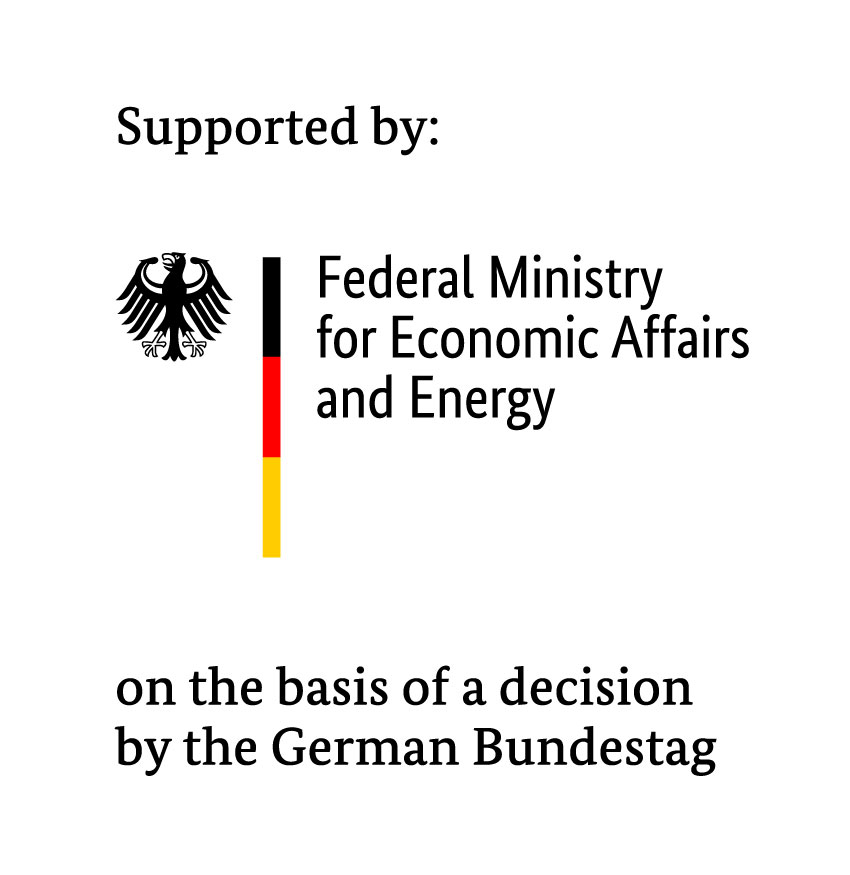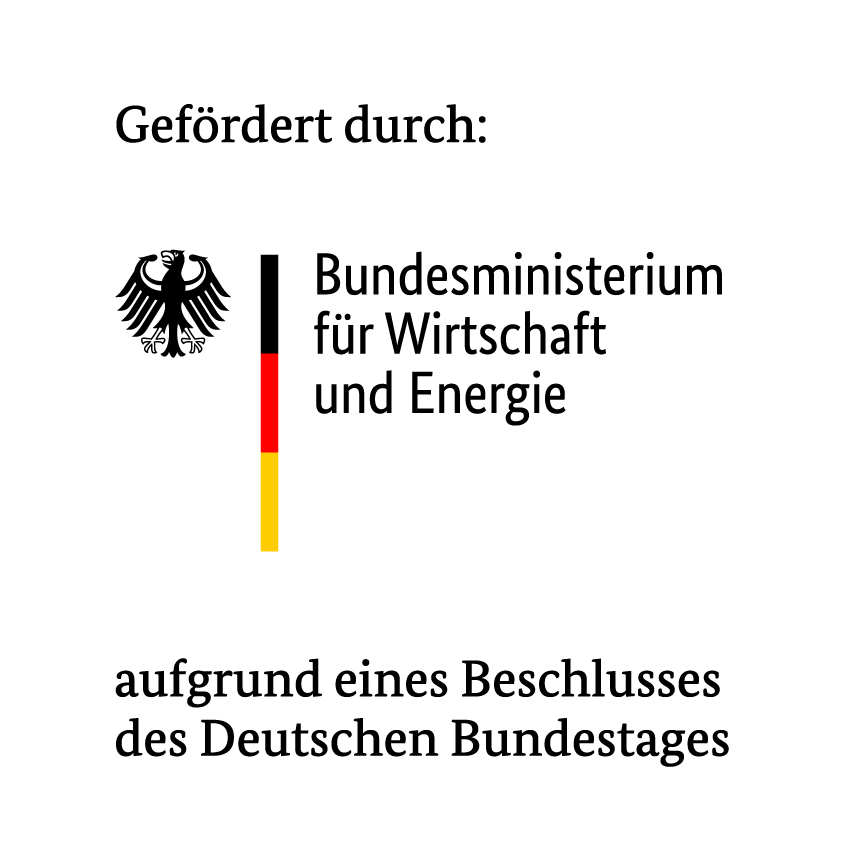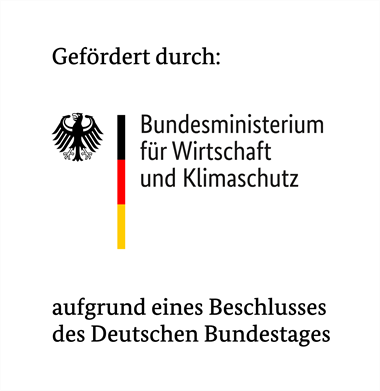Since 2008, the International Maritime Organization (IMO) has assigned high priority to the issue of underwater acoustics. The objective is to reduce anthropogenic noise pollution in the oceans in order to safeguard the health of marine ecosystems.
AkuZy – Hydroacoustics of Cycloidal Propellers
2025 – 2028

| Title: | AkuZy – Hydroacoustics of Cycloidal Propellers |
| Term: | 2025 – 2028 |
| Project manager: | Heike Richter |
| Funding: | Bundesministerium für Wirtschaft und Energie |
| Project administration: | EuroNorm GmbH |
| Reg.-Nr.: | 49MF250044 |
The globalization of trade has led to an exponential increase in maritime traffic density on the seas. As a result, a significant rise in ocean noise levels has been observed in recent years. The use of cycloidal propellers appears promising in terms of noise reduction. In particular, the wide range of cycloidal propeller variants (VSP, ABB Dynafin™), each with specific advantages and disadvantages, offers potential improvements both in terms of acoustic performance and efficiency for heavily loaded systems and propulsion conditions. To enable reliable predictions, cavitation noise must be systematically investigated across different propeller types.
The aim of the research project is twofold: to optimize the hydroacoustic characteristics of cycloidal propellers and to improve their efficiency through a tailored strategy combining numerical simulations and model testing.
To this end, the existing measurement and drive technology must be optimized with respect to accuracy and noise reduction. The expected outcome are improved performance and acoustic predictions with greater reliability. Furthermore, systematic CFD studies will be used to develop optimized kinematics in combination with advanced blade geometries, leading to reduced acoustic emissions while simultaneously enhancing the hydrodynamic efficiency of the system. The CFD results will be validated in the cavitation tunnel and towing tank through model tests (open water tests, cavitation and acoustic measurements) for two reference vessels, and subsequently compared with full-scale measurements.
The newly designed cycloidal propulsion system aims, on the one hand, to significantly improve the accessibility and adaptability of the complex mechanical components required to control the kinematics of the individual blades. On the other hand, the redesign focuses on fundamentally improving the acoustic signature of the mechanical system. In addition, the new propulsion unit will be designed to allow full flooding of the drive for use in towing tank experiments — a feature not possible with the current system.

